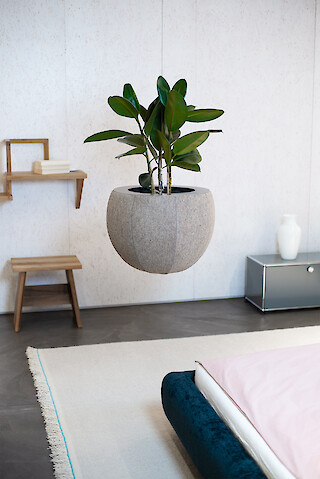
As a studio, Cosmos Design is dedicated to the so-called Biophilic Design. It seeks new ways for people to connect with the plant world through the design of spaces and objects. Especially in urban areas, people often have to make do with few plants and generally limited space resources. Cosmos Design researches and develops for a future where built space and natural elements merge.
Based on this objective, the hanging plant vessel Merkur was created. Cosmos Design designed it to take advantage of the three-dimensionality of space to place larger plants in a variety of ways. Merkur is based on modular, interchangeable components and can thus be adapted to user-specific needs. Its membrane is made of natural wool felt and is handcrafted. A sophisticated lightweight construction allows it to support the respective weight at any height.
The project has gone through various development stages since the initial production of three prototypes. In collaboration with various specialists (from the fields of textile processing, metal processing, plastics processing, greening specialists), the vessel was developed to production readiness and industrially produced as a small series.

"As Biophilic Designers, we stand for innovation in product and interior design with plants."
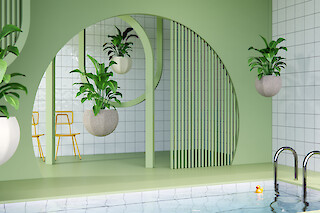
The materiality of Mercury stands out. What is its concept?
The manufacturing process of the high-quality natural felt membrane was a decisive field of development, because natural wool fibers can only be thermally deformed to a limited extent. Thus, different coating processes were investigated at the beginning. The long curing times and the high cost of tooling turned out to be uneconomical. As a solution, bent spring steel wires were finally designed, which cover the membrane due to their high elastic limit. Their manufacture does not incur any additional tooling costs. The stirrups are fixed by blind holes, which can be integrated in the manufacturing process of the components without an additional work step. Due to the stringing solution, the diaphragm additionally retains its flexibility and can be stored and shipped in a space-saving manner.
In what way was the development of Merkur particularly challenging for you?
Acting as a producer behind your own design involves a great deal of responsibility and pressure to make decisions. Maintaining an overview and not losing your attitude towards your own values requires a strong will and constant reflection on your own actions. At the same time, it is a tightrope walk between ecological and economic priorities, the balance of which is particularly challenging for a young and idealistic company. As a designer, you expose yourself to complex interactions that are not only stressful, but also enriching and provide a wealth of experience that can be used in the future.
Literally everyone likes houseplants - what is that certain something that you offer potential customers with Merkur?
Merkur is particularly suitable for integrating plants into public or commercially used interiors. Plants can be used specifically as functional as well as atmospheric elements in interior design. In order to integrate Merkur into projects, we work closely with interior greening specialists, interior designers and architects in the B2B sector, thus offering a special service.
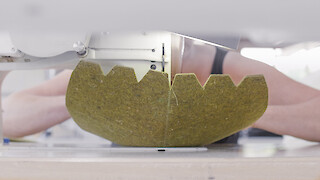
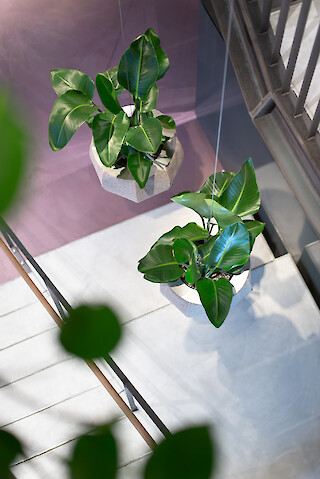
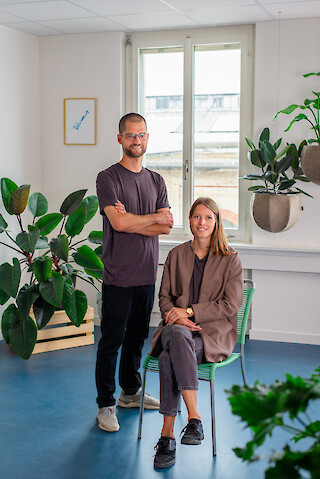
CHF 1429.–
CHF 1149.–